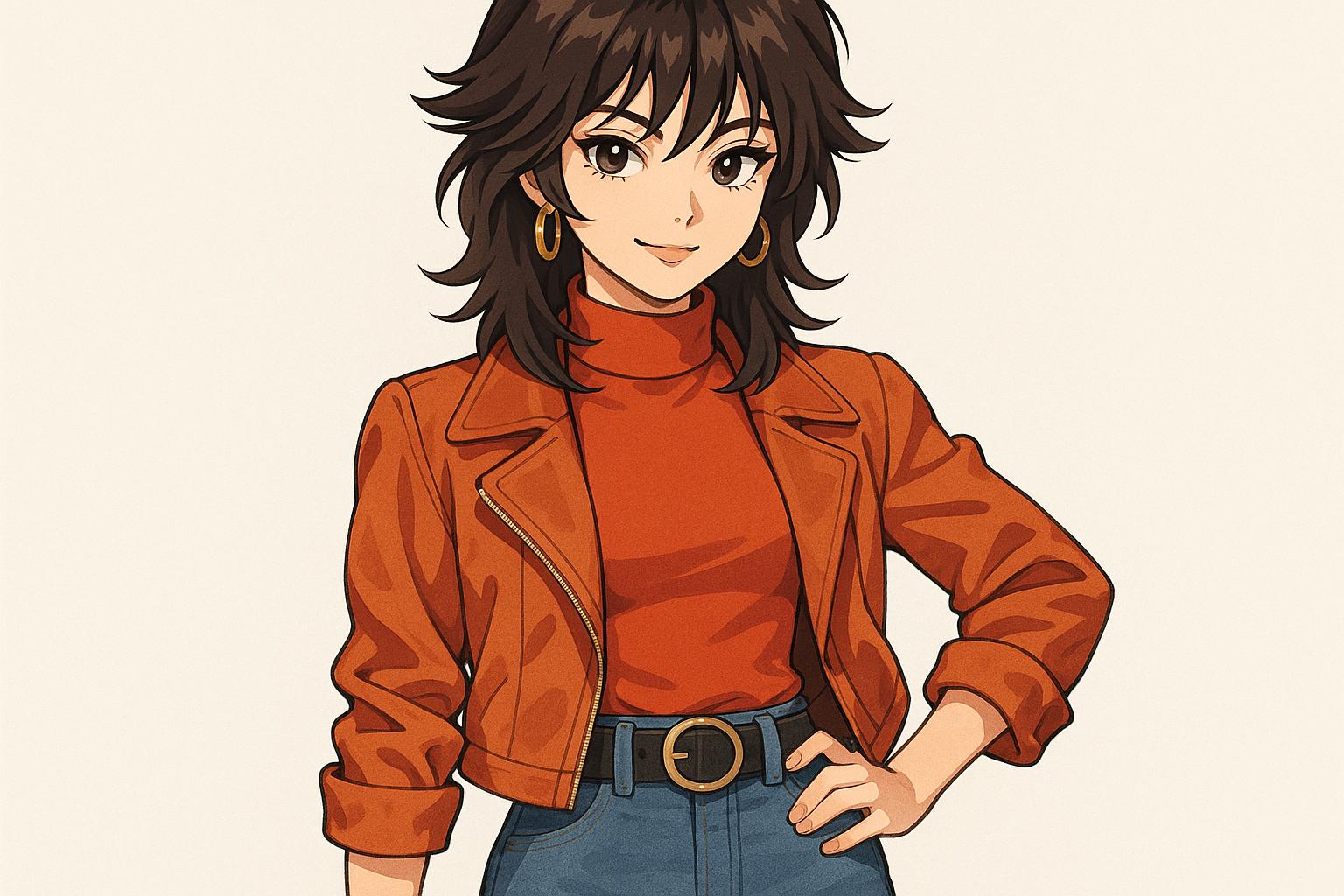Fashion's ever-revolving door has welcomed back a delightful array of retro hairstyles, proving that past trends can be rejuvenated for modern sensibilities. In recent years, stylists have sought inspiration from different decades, resulting in a tapestry of styles that not only evoke nostalgia but also incorporate contemporary flair. An exciting list of hairstyles is making waves in salons and on streets globally, showcasing how tradition and innovation can coexist.
The shag haircut—a signature of the 1970s famously worn by style icons like Stevie Nicks and Jane Fonda—is experiencing a formidable revival. Today’s version of this layered cut offers versatility, accommodating various hair types while featuring enhancements such as face-framing layers and curtain bangs. This transformation not only breathes new life into the iconic shag but also adapts it to fit modern aesthetics.
Once the butt of many jokes, the mullet has undergone a remarkable rebranding. No longer merely an emblem of the past, the modern mullet showcases a softer gradient between its shorter front and longer back, making it suitable for daily wear. High-profile advocates like Miley Cyrus and Rihanna have successfully propelled this style into the spotlight, turning it into a bold statement of individuality and confidence.
Additionally, the 1960s flipped bob is staging a comeback. This updated iteration embraces a less rigid flip, steering clear of the quintessential helmet-like appearance of yesteryear. Its shoulder-length cut gracefully frames the face while lending a retro charm that appeals to contemporary tastes. Meanwhile, curtain bangs, which dominated the 1970s scene, have returned with much fanfare, offering a textured and face-flattering option that seamlessly integrates with a variety of hairstyles.
Equally timeless is the pixie cut, which has captivated audiences since its inception in the 1950s, notably through figures such as Audrey Hepburn and Mia Farrow. The current trend showcases added texture and asymmetry, allowing wearers to experiment with styles ranging from ultra-short to longer, layered looks, thus catering to personal preferences.
The 1920s also inform today’s styles with finger waves, once the hallmark of flapper fashion. Modern adaptations celebrate the elegance of this design, presenting a more relaxed take on the structured waves that defined an era. Meanwhile, the afro, a powerful symbol of Black pride during the civil rights movement, is finding renewed appreciation. Today’s afros are characterised by their natural texture, often enhanced with undercuts or vibrant highlights, promoting hair health and embracing diversity.
Jennifer Aniston’s layered 'Rachel' haircut from the 1990s is reemerging as a favourite, characterised by softer layers that flow more naturally than the original. This adaptability ensures it suits straight, wavy, and curly hair textures alike. The pompadour, too, is stepping back into the limelight, now fashioned into an everyday look that feels both accessible and stylish, maintaining the height quintessential to its rockabilly roots while tailoring it to contemporary ideals.
Moreover, the 1970s’ Farrah Fawcett feathered look is enjoying a resurgence, shifting towards a more understated volume that aligns with current trends. This style retains its classic face-framing layers but benefits from a softer, more casual aesthetic. Box braids, popularised in the 1990s, are making waves as well, celebrating cultural heritage while allowing for creative experimentation with size, length, and colour.
The once-maligned bowl cut is now taking on a fashionable persona, incorporating softer edges and asymmetrical features to challenge its childhood reputation. Lastly, the beehive—iconic for its towering heights—has been revitalised to present a more relaxed aesthetic, incorporating natural textures that make it suitable for modern occasions.
These hairstyles encapsulate the cyclical nature of fashion, demonstrating how bygone styles can be reinterpreted to suit today's preferences. The revival of these vintage looks isn't merely about nostalgic replication; rather, it reflects a fusion of the old and the new, allowing each generation to find its unique voice in the realms of style. As personal expression continues to evolve, these retro hairstyles are at the forefront, bridging the gap between past and present.
Reference Map
Paragraph 1: [1]
Paragraph 2: [1], [2]
Paragraph 3: [1], [5]
Paragraph 4: [1]
Paragraph 5: [1]
Paragraph 6: [1]
Paragraph 7: [1], [4]
Paragraph 8: [1]
Paragraph 9: [1], [6]
Paragraph 10: [1], [7]
Paragraph 11: [1]
Paragraph 12: [1]
Paragraph 13: [1]
Paragraph 14: [1]
Source: Noah Wire Services
